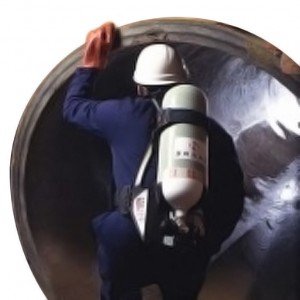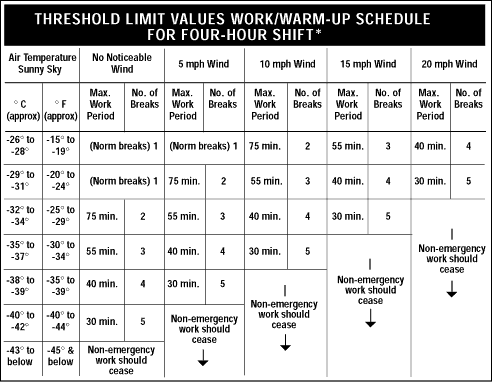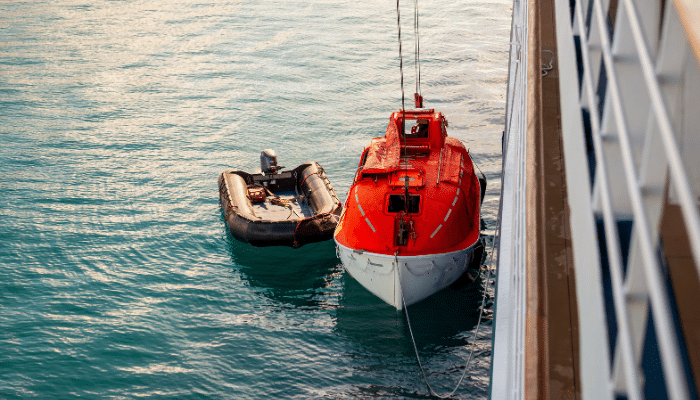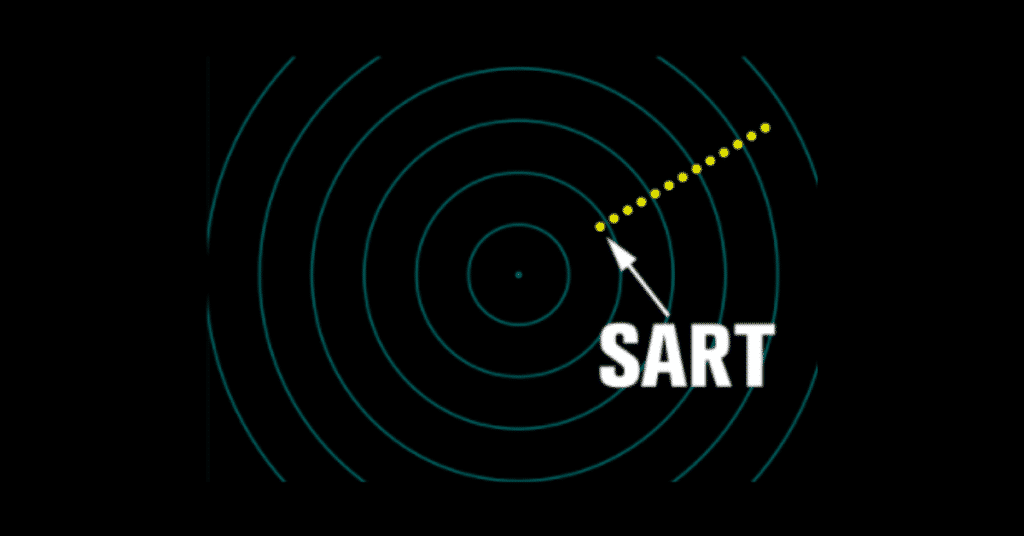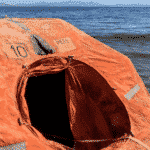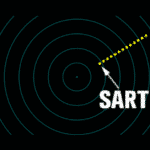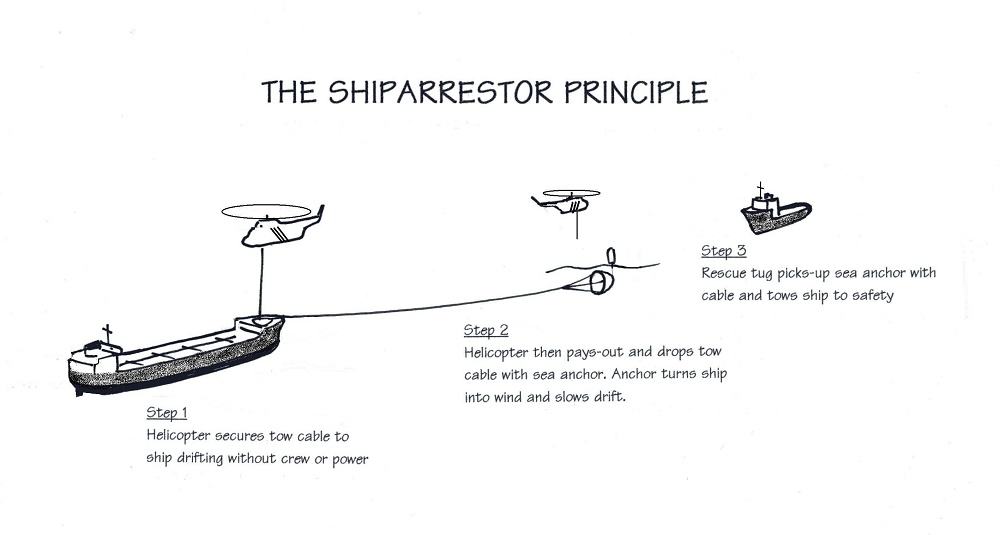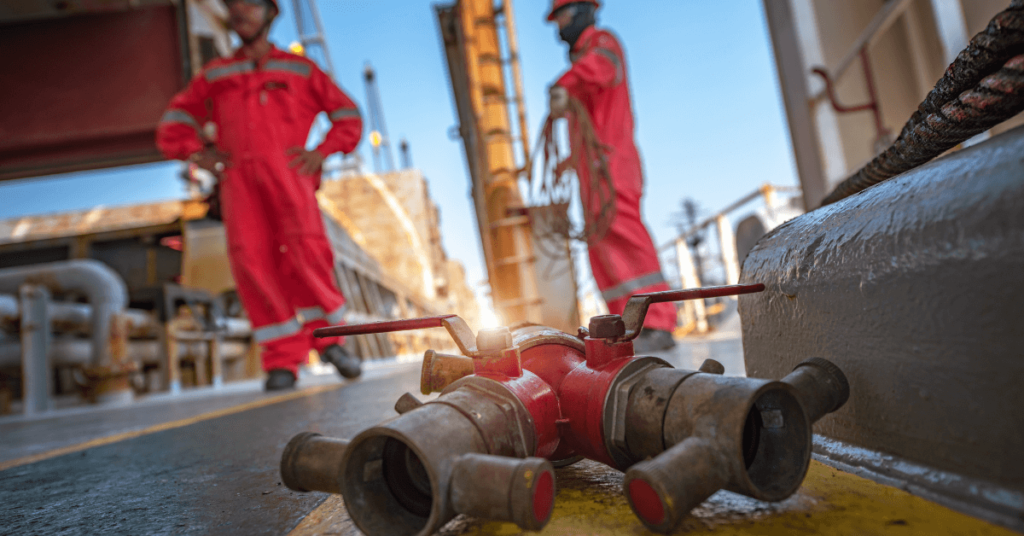What is Threshold Limit Value (TLV) on Ships?
Maritime workers are often exposed to hazardous substances which may put adverse health effects. To minimize the risk to their health as a result of toxic substances the American Conference of Governmental Industrial Hygienists (ACGIH) has come up with the idea of a Threshold Limit Value (TLV) for an airborne particle to which a worker can be exposed for a long time without being susceptible to harm or injury.
The Threshold Limit Value
The Threshold Limit Value on ships represents the concentration of manoeuvrable substances and exemplifies the conditions under which the workers should be allowed to be repeatedly exposed for a working lifetime without inauspicious health impacts.
The value is basically estimated depending on the known toxicity level found in humans of a particular chemical matter. This also relies on the accuracy of the sampling and analytical methods, which is not definite as there are other modern means to modify the risk assessment of substances and improve analytical detection limits.
Types of Threshold Limit Value
There are mainly three types of TLV, which are:
- Threshold limit value – Time weighted average (TLV-TWA): approximated with the average of indefinitely continued exposure on the basis of eight hours a day, five day a week schedule.
- Threshold limit value – Short-term exposure limit (TLV-STEL): estimated with regards to the assessments by spot exposure for an exact duration of 15 minutes which can be repeated for a maximum of 4 times per day with at least a break of 60 minutes between two exposure periods.
- Threshold limit value – Ceiling limit (TLV-C): this calculates the absolute exposure limit by converting the Time weighted average into a certain value that should not be exceeded at any time.
These values are for both the airborne chemical substances and the physical agents onboard which include heat and cold stress, vibration, noise exposure, ionizing and non-ionizing radiation exposure.
Measurement of TLV
The units of the Threshold Limit Values are measured in parts per million (ppm) for gases and in milligrams per cubic meter (mg/m³) for subatomic particles such as smoke, dust and mist.
The esteemed formula for converting between ppm and mg/m³ for gases is ppm = (mg/m^3) * 24.45 / molecular weight. This formula, however, is not applicable to airborne substances.
Difference between TLV and OES
Practically there are hardly any distinguishing features between the Threshold Limit Values and the Occupational Exposure Standard. Although almost equivalent, these two should not be confused with each other.
OES is the estimated concentration of an airborne particle, averaged over a reference period of time, whereas the Maximum Exposure Limit (MEL) is the maximum concentration of the substances averaged over a period of time.
Importance of Threshold Limit Value on Ships
The Threshold Limit Value on ship serve the need for measuring hazardous and toxic airborne particles and physical factors, exposure duration, and relating them to hygiene standards onboard.
To prevent overexert exposure to these substances it is important to recognize the potential hazard and evaluate its extent.
TLV is reasonably practical for accomplishing the health monitoring by setting the value at a determining point.
Albeit it has been discontinued in some countries due to some disagreement with the American Conference of Governmental Industrial Hygienists, which has postulated the TLV table to be published fully, the benefits of ship Threshold Limit Values cannot be traversed.
You may also like to read-How to Rescue a Person from a Confined Space on a Ship?
References:
safetyship
righthealth
Image Credits:
thinksafetysigns
totalsafety
Do you have info to share with us ? Suggest a correction
Latest Ship Safety Articles You Would Like:
Subscribe To Our Newsletters
By subscribing, you agree to our Privacy Policy and may receive occasional deal communications; you can unsubscribe anytime.



